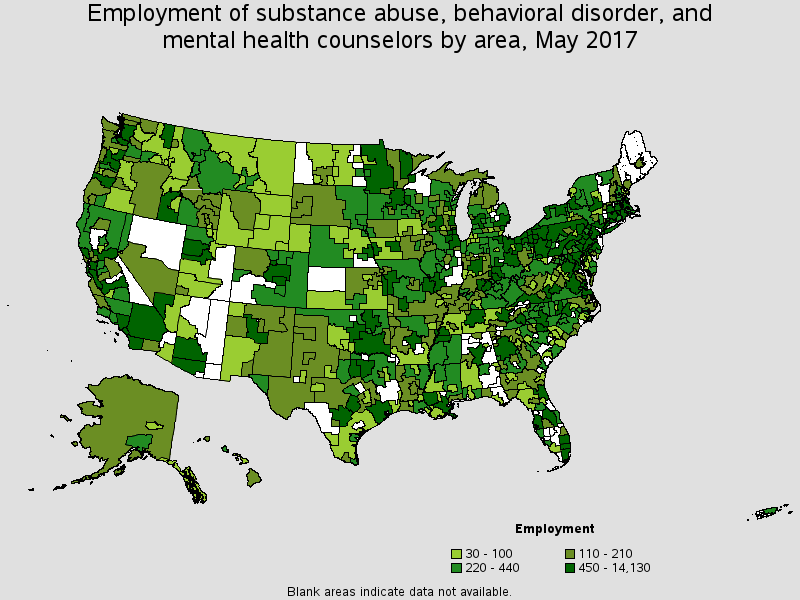The 9-Minute Rule for How Mental Health Affects Drug Addiction
The 2 most common types are: When asked to describe mental disorder, much of us recall motion pictures like "A Stunning Mind," "One Flew Over the Cuckoo's Nest," "Rain Man" or "As Great As It Gets." Each depicts individuals with psychological disease as not able to function usually within society. In truth, only a portion of those with psychologically illness are unable to work healthily within society.

In actuality, just an extremely little portion of the psychologically ill become violent and damage themselves or others (how does inclusion affect mental health). However, by making these cases high profile, violent images become the only images lots of Americans associate with psychological illness. Until the advent of MRI and FAMILY PET scans, the medical community had a restricted understanding of what caused mental disorder and how to treat https://www.openlearning.com/u/roseline-qbnemu/blog/TheSingleStrategyToUseForHowMentalHealthAffectsTheEnvironment/ it.
Nevertheless, our education system has not equaled the progressing understanding of the disease. Up until recently, a student might finish from high school and never receive any info about this group of health problems which affects as much as half of all Americans over their life time - how does music affect your mental health. Without accurate information, the movie and news images produce meanings which are undisputed and appear to be factual.
Often people fear being identified as "insane" and being ostracized if their buddies, coworkers, employer, or neighbors become mindful they have a psychological health problem. This worry of being "discovered out" triggers people to prevent looking for treatment, fail to take medications, isolate, and lose self-esteem. Studies reveal bias and discrimination against those who are psychologically ill is pervasive and typically as debilitating as the illness itself.
